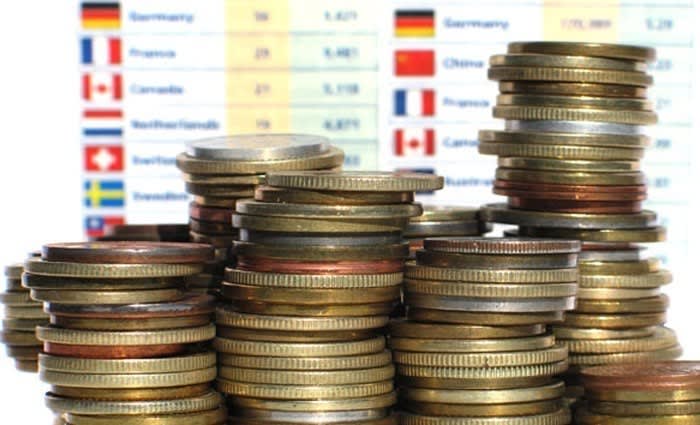The RBA’s still longing for Goldilocks growth
![]()
GUEST OBSERVER
A slew of official data on China’s economy were released at the start of this week. GDP growth was steady at 6.9% per annum.
Urban investment in June was an annualised 8.6% - also steady. Factory output was 7.6% and retail sales 11%.
All these figures beat expectations. Good news, if one believes the figures. It is, of course, hard to know, but markets expect these indicators to soften later this year.
And if they remain stable it will be further evidence for the view of close observers of China, like Julian Evans-Pritchard of Capital Economics, who said:
"We have doubts over the accuracy of the official figures, which point to implausibly stable growth in recent years."
The ANZ-Roy Morgan consumer confidence index for Australia was down 0.4% this week, on the back of a 1.3% drop the previous week. Still, the overall level is relatively upbeat coming in at around the average since 1990.

New Zealand CPI data shows inflation there is lower than already low expectations. Second-quater CPI was 0.0% quarter-on-quarter, compared to expectations of positive 0.2%, which put the year-on-year figure at 1.7% compared to expectations of 1.9%.
Like most advanced economies, New Zealand continues to experience puzzling-low inflation.
Australian Bureau of Statistics June employment data showed unemployment in Australia steady at 5.6%. The strong growth in full-time employment shows a robust labour market. This only deepens the puzzle of why inflation is so low at the same time.
Perhaps most interestingly, last month’s RBA minutes generated interest and surprised markets. The key part read as follows:
"Members discussed the Bank’s work estimating the neutral real interest rate for Australia. The various estimates suggested that the rate had been broadly stable until around 2007, but had since fallen by around 150 basis points to around 1%. This equated to a neutral nominal cash rate of around 3.5%, given that medium-term inflation expectations were well anchored around 2.5%, although there is significant uncertainty around this estimate."
3.5% versus the current 1.5%. Wow! The neutral rate is the steady-state RBA cash rate, it’s the the one the bank uses to judge whether their policy is contractionary (above the rate) or expansionary (below the rate). So this news sent the Australian dollar soaring to above US79 cents.
Investors saw it as signalling a bunch of interest rate hikes down the track. Market expectations of a rate rise by the end of 2017 roughly doubled as well to 44%.
Of course, the real question is whether this is right. The RBA board’s reasoning was, the minutes continued:
"Members noted that some of this decline could be attributed to lower potential output growth, but the increase in risk aversion around the time of the global financial crisis was likely to have been a more important factor, given that the bulk of the decline in the estimated neutral real interest rate had occurred around that time. Estimates of neutral real interest rates for other economies had shown a similar decline. All estimates of the neutral real interest rate for Australia suggested that monetary policy had been clearly expansionary for the preceding five years or so."
In other words, if rates go back to where the RBA thinks the new normal will be, then current interest rates are too low.
There are reasons to be sceptical. First, if the secular stagnation theory is operative going forward then the real rate may in fact be negative (for a critical but beautifully argued perspective on this see here).
And inflation has been doggedly low, so it’s not clear that the 2.5% expectation for inflation is going to turn out to be right, however “well-anchored” it may be. So zero plus something less than 2.5, say 1.5, is well, 1.5. Right where we are now.
I’m not saying the RBA is wrong. I’m not even saying that a 3.5% equilibrium real cash rate isn’t the best point estimate. What I am saying is that there is very real uncertainty around this. And there is some non-trivial chance that 1.5 or 2% turns out to be right.
Richard Holden is a Professor of Economics and PLuS Alliance Fellow at UNSW and author for The Conversation.
